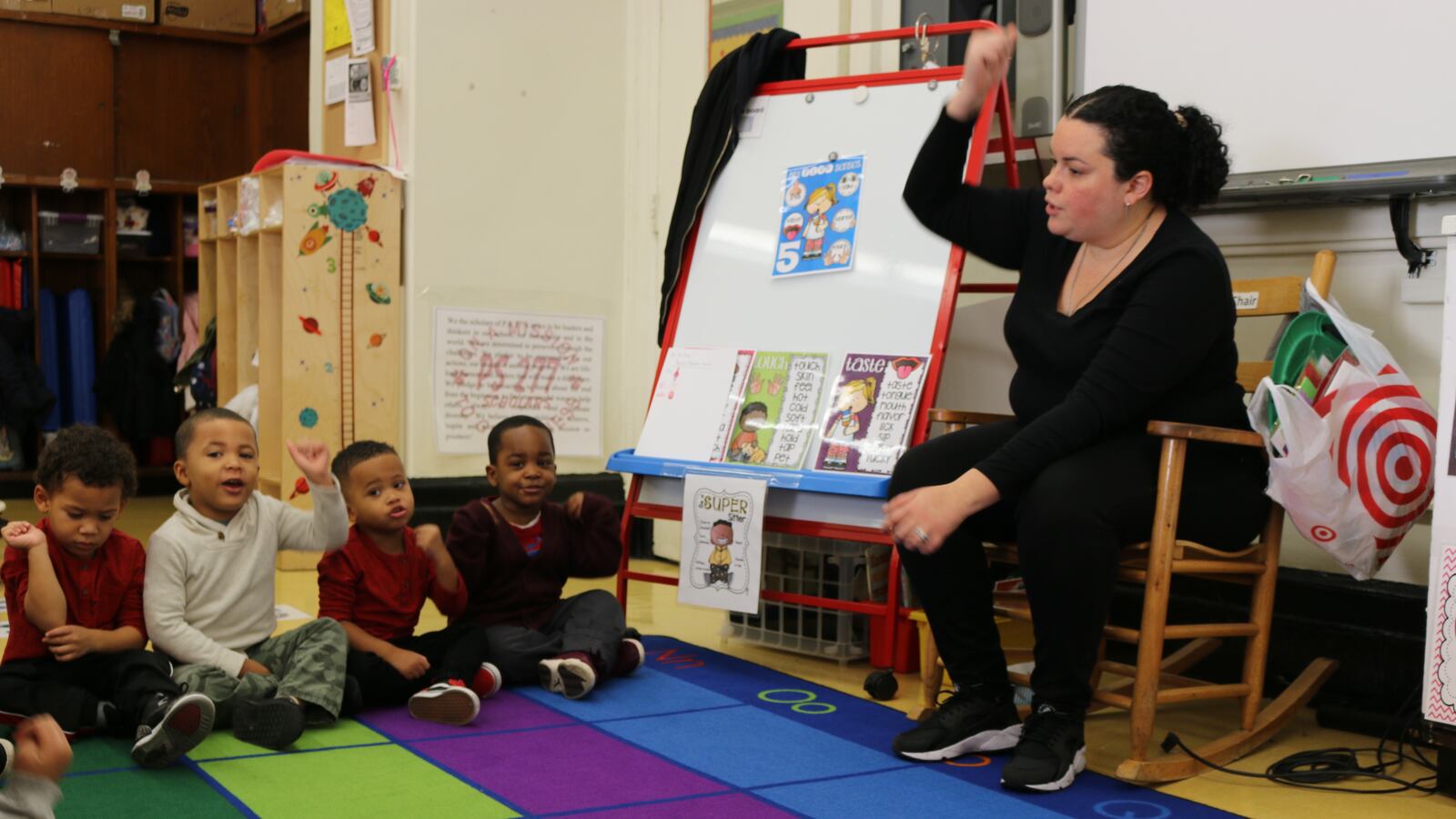Following criticism of the city’s handling of lead in public housing, Mayor Bill de Blasio announced Monday a series of efforts designed to stamp out childhood lead exposure by 2029.
The LeadFreeNYC plan, which would cost $50 million in city money over the next four years, includes mandating more lead inspections in private housing and connecting exposed children with a nurse who will coordinate follow-up care.
The move comes after reports of children living in public housing being exposed to toxic lead, opening up the city to scrutiny from federal housing officials.
“This whole public debate caused us to go back and look at everything: private housing, public housing, shelters, products that people buy — everything,” de Blasio said during a press conference on Monday.
De Blasio’s plan does not, though, include any specific education-related steps for children dealing with the lasting effects of lead exposure in school.
Parts of the program still require City Council approval. The proposal would require annual lead inspections of apartments in one- and two-family homes and test all 135,000 NYCHA apartments where there could still be traces of lead. The plan would also provide dedicated nurses to children with elevated blood levels to connect them with support services such as nutritional counselors.
The full proposal can be found here.
Lead exposure is often the result of children ingesting lead-based paint chips or dust, which is why infants and toddlers who crawl and play on the ground are the most vulnerable.
Under state law, New York doctors are required to test all 1- and 2-year-olds for lead exposure. But the required tests often fall through the cracks — statewide, a Reuters investigation found only 55 percent of children were actually tested in 2016.
The statistics in New York City are better, according to city estimates, with 80 percent of New York City children tested at least once by age 3. Part of de Blasio’s proposal, which is already underway, involves health officials cross-referencing birth records and blood test results, and encouraging the families whose children still need testing to see a doctor.
Research backs up the city’s proposal to assign patients a nurse, since follow-up care, including monitoring patients’ nutrition, can help reduce children’s lead levels.
Studies have also widely found that children can suffer from developmental delays for years after lead exposure. But beyond connecting children to follow-up nurses, the plan doesn’t address what the city or the education department can do to support lead-exposed students, except that schools will be able to access an improved vaccination registry that will show a child’s history with lead testing.
New York City attorney Reuven Frankel, who has represented tenants in lead-related cases, said the proposal doesn’t address the education of children who are suffering from developmental delays related to lead exposure because, in his experience, they need comprehensive exams to nail down their academic needs beyond a traditional assessment for special education.
“The reality is that there are thousands of kids who have already been poisoned, and there is nothing being done to help them,” Frankel said.
In the report published Monday, the city says it will expand resources for enforcement, “proactively audit” lead records that landlords are required to keep, and create a database of the 200 buildings that pose the top lead exposure risk. Some housing and environment advocates applauded the plan, while others remained skeptical that the city would set up enforcement.
“Uncontrolled, lead-laden, construction dust has been a problem for too long,” said Brandon Kielbasa, director of organizing for Cooper Square Committee, a group that, in part, advocates for environmentally healthy affordable housing and liked the administration’s plan. “Overall, enforcement is key for combating dust contamination and all lead issues.”

